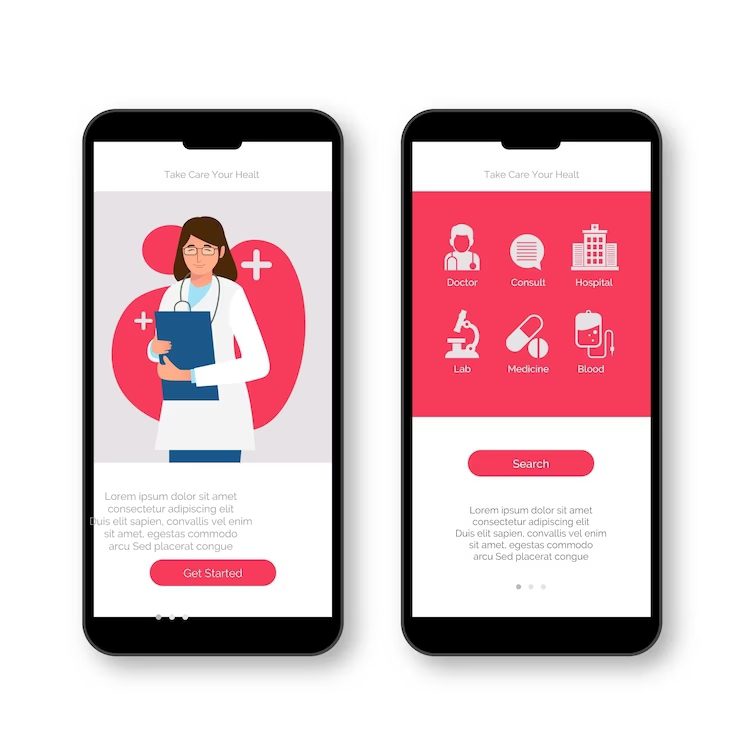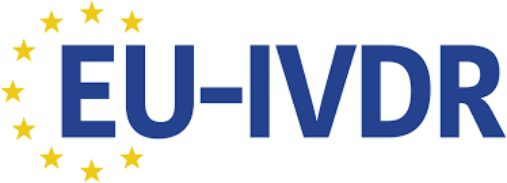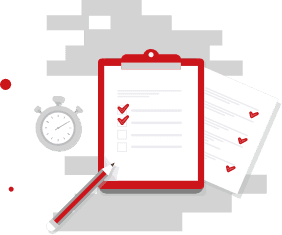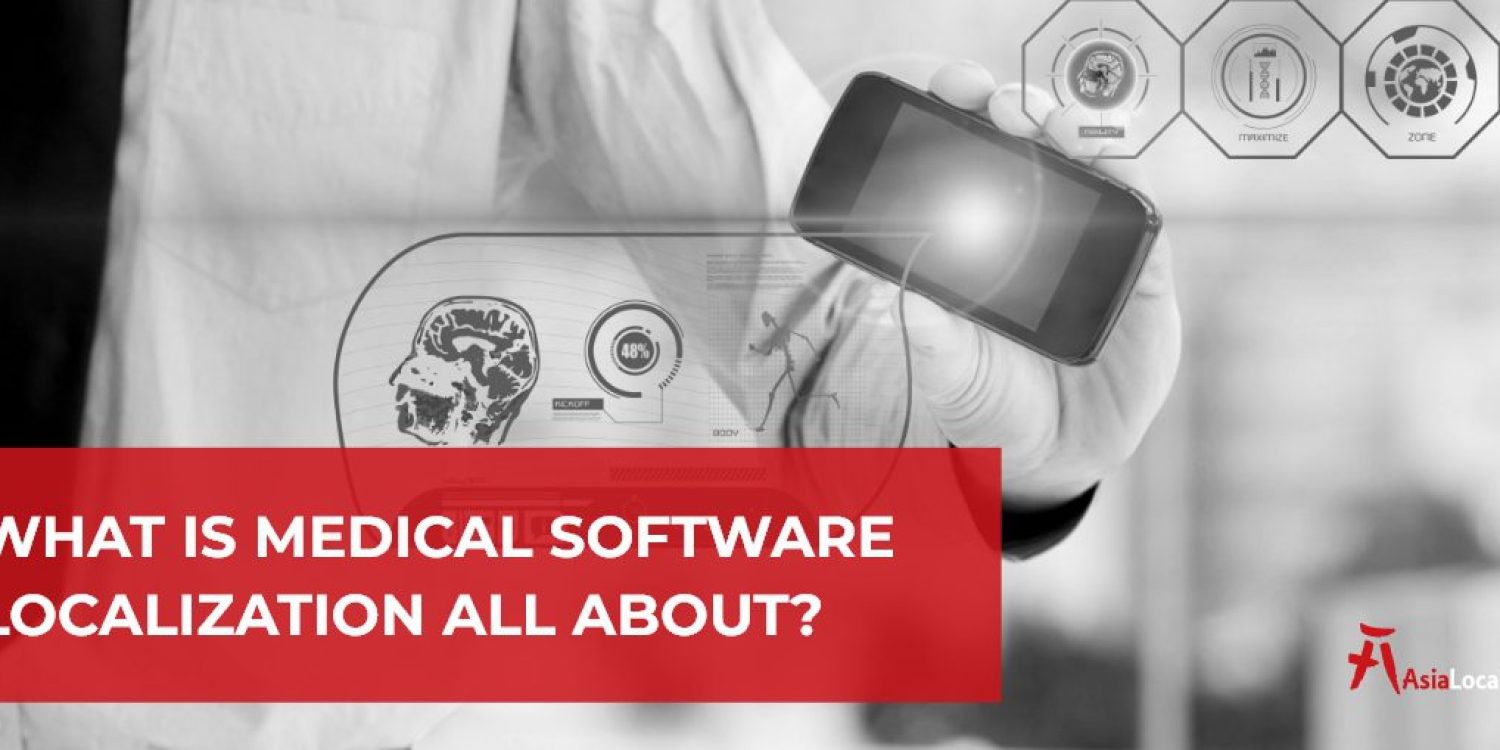Medical software is an incredibly important tool for both healthcare professionals and patients. With the ability to store and access patient data securely and efficiently, medical software improves accuracy in diagnoses and treatment plans. In return, you can see significant improvements in patient outcomes and overall healthcare quality.
But if you are planning to expand the reach of your medical apps and devices in international markets, language barriers won’t only compromise your communications with your new users but will hinder your business growth plans.
That’s why medical software localization is an essential aspect of ensuring effective communication and medical care in global markets. However, with such importance and power, medical software translation and localization is a specialized field and is far more complicated than one can expect.
But this guide puts things into perspective and acts as a decision-making tool to get started with your medical software localization project.
What You Need to Know about Medical Software Localization
Medical software is integral for modern healthcare, and its importance is only set to grow as technology advances and new healthcare challenges emerge. Medical software refers to any computer program or application specifically designed to support healthcare professionals, patients, and medical researchers. It can be used for a variety of purposes, from managing patient records and appointments to analyzing medical data, conducting clinical trials, and using different medical devices.

To make your medical software available in different languages for users in specific regions or target markets is what we call medical software localization.
Medical software localization is the process of adapting medical software, apps, or platforms to a specific language and culture. While medical localization is intended to meet the language preferences of your target users, it also ensures that it adapts and personalizes your software to the cultural nuances and expectations of your target audience.

Do You Really Need Medical Software Localization?
Now, where healthcare services are becoming more and more accessible, it is incredibly important to ensure that medical software is available in various languages. This not only helps to break down language barriers between healthcare providers and patients, but it also ensures that everyone has equal access to vital medical information and resources. Thanks to medical software localization, you can effectively engage with diverse markets, comply with regulations, and deliver high-quality products that cater to the unique needs of medical professionals and patients around the world.
It’s exactly why, from a business perspective, medical software localization is a strategic investment that has the potential to significantly impact your company’s growth and reputation Here is why you need to implement medical software localization.
Regulatory Compliance
For different industries, localization might be a choice. However, in the medical field, medical software localization is imperative.
There are specific regulations that pertain to the translation and localization of medical software, especially when the software is intended for use in healthcare settings or for medical purposes. These regulations are often in place to ensure patient safety, accuracy of medical information, and compliance with regional standards.
In the European Union (EU), for instance, the Medical Device Regulation MDR and In Vitro Diagnostic Regulation IVDR require that labeling, instructions for use, and other documentation be provided in the official language(s) of the member state where the device is placed on the market.


So, if you are planning to market your English-speaking medical software application that is used to monitor a patient’s vital signs in a hospital in Belgium, according to the MDR and IVDR, you’ll need to provide the software and any relevant documentation in its 3 official languages: Dutch, French and German.
Different countries, however, may have different regulations when it comes to medical software, and your software will need to comply with all relevant regulations in your target market.
Safety and Risk Mitigation
Localizing your medical software ensures that all information and data are accurately translated into the target language for your foreign users. And with accurate, clear translation, both healthcare professionals and the public better understand and use the software more effectively, no matter what language they speak. This not only reduces the risk of errors and adverse reactions but also improves patient outcomes and satisfaction.
User Engagement and Trust
Medical software localization has a significant impact on user engagement and trust. When your software is localized, it shows that you have taken the time to understand the user’s language and culture, making it easier for users to navigate and understand the software.
Additionally, with your localized software, users from different regions can understand and use the software without language barriers. This leads to improved user satisfaction and engagement, as users are more likely to trust and continue using software that is tailored to their preferences and convenience.
Market Expansion and Brand Growth
Localizing your software in different languages helps you tap into global markets and connect with users outside your home country. Different languages mean a broader audience, bigger market share, and more revenue streams.
If you are willing to put in the effort to tailor your medical software to fit the specific needs and languages of your target users, you are establishing a brand that’s recognized for providing high-quality and personalized care to patients around the world.
On the one hand, investing in localization gives you a competitive edge, outperforming competitors that offer software only in a single language. On the other hand, this not only enhances your brand image and increases trust among customers, but it offers you greater scalability and growth opportunities for your business in the global medical landscape.

3 Medical Software Localization Challenges That May Hinder Your Global Success With Expert Solutions
So, yes, medical software localization is powerful. And with such power, it has several challenges that can hinder your product release, compliance with regulations, or success in target markets. It is a complex process, and if not done right, it can compromise your global aspirations.
Here are the key challenges that you need to consider during the medical software localization process.
1-Medical Terminology
Medical software is riddled with specialized terminology, abbreviations, and acronyms that require accurate translation. The thing is these terms differ from one language to another and may not even have a direct equivalent, making it challenging for translators to convey their precise meanings.
Incorrect translations of medical terms can lead to serious misunderstandings, jeopardizing patient safety and regulatory compliance. Even inconsistent translation of terminology can affect user’s understanding of the information provided.
Solution: You need to collaborate with native-speaking language professionals who are fluent in both the source and target languages and have extensive medical expertise to ensure accurate translation of complex terminology.
They will need to have access to advanced translation technology such as translation memories and terminology management software, as well as glossaries of approved terms and their translations to ensure terminology precision and consistency throughout the software.
2-User Experience
When it comes to medical software localization, accurately translating all of the text and labels within the software is crucial. However, that’s not the only thing that guarantees a seamless user experience. You will need to consider the following:
1. User Interface
Your software’s interface needs to be adapted to different languages and cultures so that a global audience can use it. For example, different languages may require more or less space to display the same information, which can affect the overall layout and design of the software.
2. Visuals
You will need to recreate any visual elements or graphics and ensure they are appropriate for the target audience. Sometimes, you will even have to change your software color palette, as certain colors may have different connotations and meanings in different cultures.
3. Formatting
Take date and time formats, for instance, which differ from one region to another. Measurement units and numeric formats too can vary internationally. Your medical software should be adjusted to match local-specific preferences.
If you have a medical app that has a feature to monitor weight loss. For US users, you will need to adjust this feature to use pounds. However, for your UK users, you will need to adjust it to kilograms.

Solution: You need the support of a multidisciplinary team of UI/UX designers, localization and DTP specialists, and local experts with first-hand knowledge of the culture of your target users. They are most equipped to manage the new language requirements as well as tailor your software’s content and design to align with local preferences and expectations.
3-QA and Testing
A perfectly localized software is almost impossible with a rigorous QA and testing process. It is vital to thoroughly test the localized software to ensure that it works correctly and effectively in the target market.
This doesn’t only mean performing multiple editing and proofreading rounds to ensure the accuracy and consistency of the translation. It is indeed a crucial part of the software localization QA and testing.
However, it’s also important to investigate if anything is affecting the functionality, usability, and user-friendliness of your medical software. Otherwise, yes, your users may understand your software’s content but find it challenging to navigate your software.
Solution: Develop a comprehensive testing plan that includes linguistic, visual, and functional testing to identify and address any issues that can affect the quality and impact of your software.
You will need to involve language professionals, local culture advisors, software and localization engineers as well as local healthcare professionals and end-users in the testing process to uncover any usability or functionality issues specific to the target market.
This can be a time-consuming and complex process, but it is essential to ensuring the success of the software in the long run. However, partnering with a professional medical translation and localization company will give you the support you need without any hassle.
AsiaLocalize: Accurate Medical Software Localization
When it comes to medical software localization, accuracy is critical. That’s why AsiaLocalize is the perfect solution for healthcare organizations looking to communicate effectively with foreign patients.
With our medical translators’ expertise in translating medical terminology and commitment to cultural sensitivity, AsiaLocalize ensures your software is accurately localized for any target market.
Not only does accurate localization improve the user experience and increase customer satisfaction, but it also helps to avoid costly mistakes and legal issues.
AsiaLocalize understands the importance of timely and efficient localization, and we work closely with our clients to meet their specific medical localization needs and deadlines.
We prioritize integrity in our business practices, offering transparent pricing and a commitment to ethical conduct. We believe in building long-term relationships with our clients, which means always putting their needs first. And, of course, safety is always a top priority when it comes to medical software.
AsiaLocalize is an ISO-certified translation company that takes excellent care to ensure that translated software is not only accurate and culturally sensitive but also meets all necessary safety standards and adheres to healthcare regulations, such as HIPAA.











